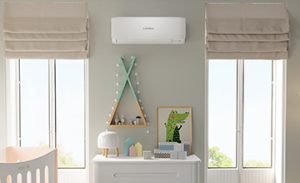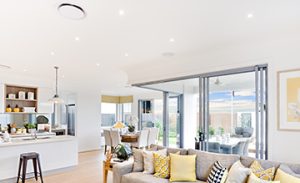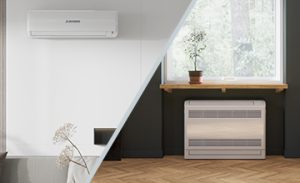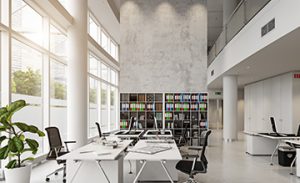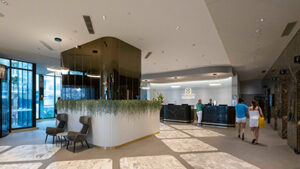Pavilion Residences, NSW
Project Description
Nestled amongst verdant and luscious parklands in Sydney’s West, the tranquil Pavilions Residences is an exciting, newly completed development by one of Australia’s leading developers, Mirvac.
Situated in the heart of Greater Sydney’s sporting district and comprising of over 700 luxury 1, 2 and 3 bedroom apartments, terraces and skyhomes the Pavilion’s project is spread over four towers, ranging from 8 to 35 storeys and offers residents gorgeous views, a vibrant lifestyle with world-class amenities, eateries and transport on their doorstep.
As well as extensive green credentials built into its design, including solar panels and storm water management, the project has a strong focus on amenity and private open space for its residents and tenants with the towers being perfectly placed within a lush and landscaped 4,500m2 green space which includes a herb garden, BBQ facilities, a children’s park and other beautiful communal areas. It also incorporates 4-levels of basement car parking, gym, community room for exclusive use of its residents.
Project Requirements & Challenges
The brand new, multi-building project required a reliable air conditioning solution for all 696 luxury apartments as well as communal areas such as lobby, hallways, etc. To reflect the luxurious design of the home the chosen solution would need to be as discreet as possible while also being quiet during operation. Indoor units would need to be slim profile, allowing them to fit within the confined ceiling space without compromising on output.
To add to the projects green credentials which included solar panels and storm water management, there was a focus on environmentally sound air conditioning solution including zoning and the capacity for a high level of control over temperature in individual rooms.
MHIAA’s Solution
After extensive planning and discussions between MHIAA’s technical team and trusted contractor Twin Lakes Air, a mixture of FDU, FDUM, FDUA and FDUT ducted systems, in combination with our high performance KX series of VRF systems and FDCA PAC systems were chosen for the bulk of the project. Airzone zoning solution was also selected to offer independent temperature control and energy efficiency for the multi-bedroom apartments.
Due to the high density of the installed system and the architectural requirements, MHIAA performed a CFD modelling to study the heat dissipation performance of the design and assure the highest performance of the equipment. Some outdoor units have been covered with single vertical blades with 70% free area, to provide enough air circulation, while maintaining the aesthetics of the building.
A mixture of FDU, FDUA, FDUM and FDUT ducted indoor fan coils were chosen for all apartments and communal spaces including bedrooms, living rooms, hallways, foyers, etc. They offered a quiet and discreet solution that will deliver even airflow via modern yet subtle grilles while offering great performance – ensuring all occupant’s comfort all year round. The slim profile design of FDUT indoor units, combined with their design flexibility, which require less ducting than other systems, also allowed for easy installation in ceiling spaces and bulkheads.
Airzone’s advanced zoning solution was installed in larger apartments to ensure individual zone control and monitoring over all ducted systems. With occupants able to control individual zones, this offered greater energy efficiencies and lower running costs, strengthening the buildings green credentials.
Airzone has top quality European engineering, designed to meet tough Australian weather conditions. The system offers three different easy to use controllers to suit varying architectural requirements and up to 10 zones can be monitored. In the case of Pavilions, the architects wanted controllers in each room rather than a master controller in the living area.
This was achievable with the tailor made Airzone system. Another strong feature of Airzone is the AirzoneCLOUD app which gives residents complete control over their system, including temperature control, timers, weekly schedules and other functions from an iOS or Android device.
Photographs by Australian National Construction Review.

